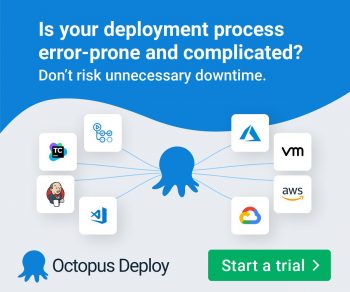Technology has long played a critical role in how humans and machines interact. From productivity issues to poor performance, artificial intelligence has been a linchpin in the improvement shift of workplace and systems boundaries in the desire for increased effectiveness. Better products, made more efficiently, increasing productivity, and securing consumer approval are no longer stretch goals, they happen daily.
In 2018, Dr. Fai-Fu Lee said “AI is going to change the world more than anything in the history of mankind. More than electricity”. 4 years later, the general feeling amongst similarly minded individuals is that we’re still just getting started.
The promise of an AI-enhanced future is a world where humans are better at everything, with safety improvements and decreased vulnerability. Systematically, AI improves the value proposition around products and systems, supporting customers at every turn. For most, these improvements will occur in the backgrounds and out of the public eye, with little fanfare. The airport security line will move quicker; products will be restocked expediently and that part for your car will be in stock, rather than backordered. These improvements will positively impact our daily lives as phrases such as big data and IoT continue to drive innovation. To be successful, there are two areas that must remain in focus, businesses and consumers.
For businesses, AI improvements in data will expand innovation as the economy continues to reward experiential companies, such as Airbnb and car-sharing app Ridealike. Offering click-of-a-button experiences to consumers based on empirical evidence and data decisions will maintain customer expectations of a frictionless experience, while these companies focus on optimizing their data and the future. For other companies, the cost of acquisition will decrease while the power is left in their hands to communicate with customers about products and services. The delta will remain how these improvements impact decisions on non-AI-based decisions. AI’s culture-shock will certainly be felt across these domains for years to come.
For individuals and companies, understanding where that AI journey starts begins now, not just at a delivery level but also the all-important consumption level. To espouse AI’s positive impacts without taking the negative into account would be missing a huge opportunity for improved success in their own delivery. These companies who expect to improve the lives of customers must also ensure that adoption, expectation, and training are not overlooked.
Using Airbnb as the example, AI improvements will offer opportunities to interact with consumers at every level of the experience. Following the functionality across many hotel chains today, perhaps the Airbnb app will replace physical keys to host locations with the installation of a simple mechanism. Lighting options, ambience selections, preferred music and tv remotes can all be made and controlled within the app. The most miniscule of details, down to the temperature of the wine fridge can be automated based on a simple option selected months or years before. However, and a word of warning to all involved, these advancements must be embraced at all levels to be effective, setting the expectation for users of all ages. Simplicity will always be a necessity in hospitality scenarios, ensuring AI is used, but not seen, by all age groups.
With AI’s experiential improvements at the customer level, the onus will remain on companies to educate consumers on the impact their apps and services will have on their lives, albeit with a focus on improving the experience. For companies to truly succeed, effort must be focused on addressing specific consumer needs (known or anticipatory) which can be addressed now during product development. Simply advising customers of the changes will not be enough to satisfy these users, much like during systems development, use cases for categories and specific age groups will need to be developed and adapted through testing and results-based surveys for specific sectors. A gap, which AI can solve, would be automated gap testing to close the hole in these sectors through machine learning.
Financial development in these companies and areas is already rampant, with many funding AI concepts at an accelerated rate. For all to be successful in this arena, adequate resources must be available at all project levels. As companies advance and create technology, sharing must also take place in this economy to allow under-capitalized nations and companies stay on the cusp of greatness.












